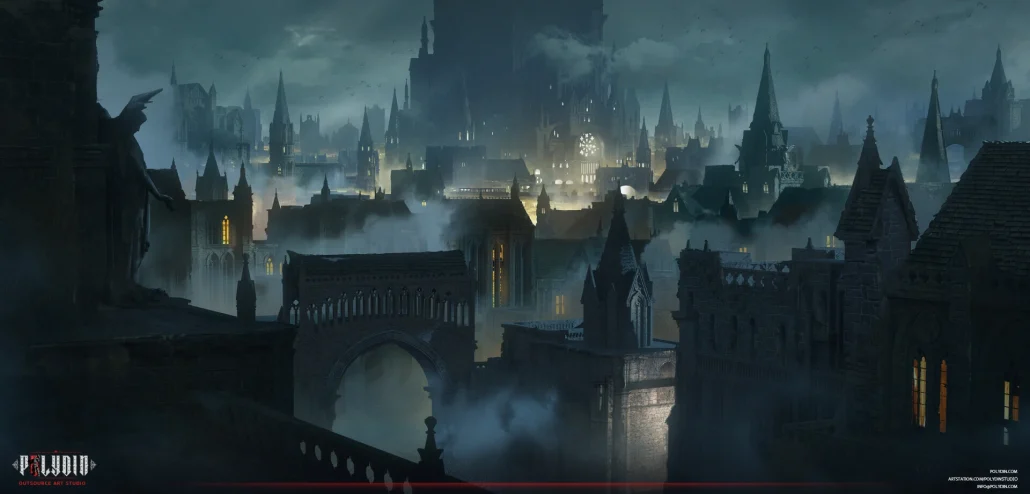Welcome to the world of 3D environment design! As the backbone of modern video game development, the importance of skilled environment artists cannot be overstated. They are responsible for bringing game worlds to life and immersing players in stunning and believable environments. But what exactly does it take to become a 3D environment artist? What are the stages involved in creating these intricate digital worlds? And what software and tools are used by professionals in the industry? In this guide, we’ll explore everything you need to know about 3D environment design and provide some inspiring examples of this art form. So grab your notepad and get ready to dive in!
What is 3D Environment Design?
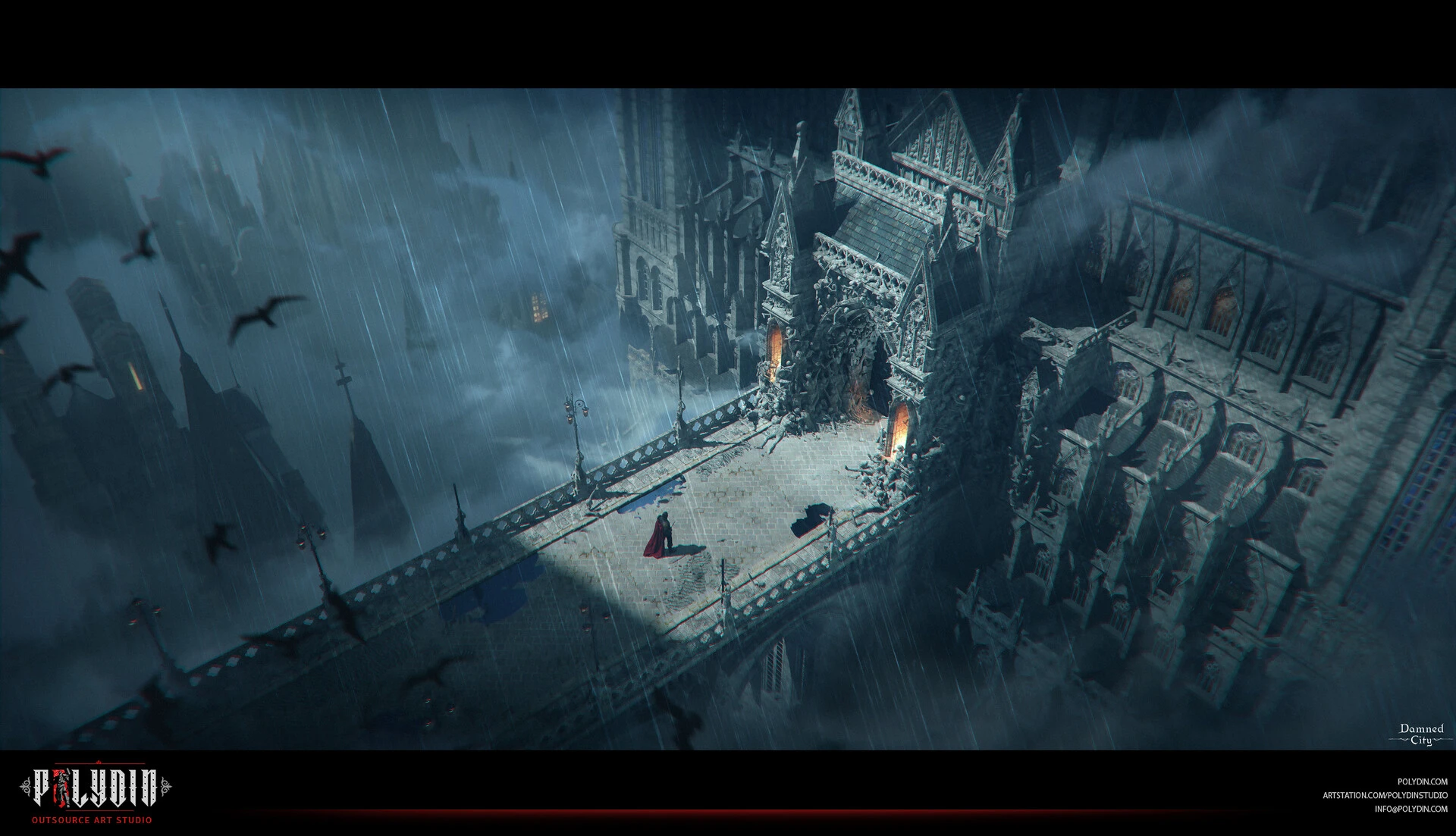

3D environment design is a crucial element in modern video game development. It’s a process of creating immersive virtual environments that the player can explore and interact with. This can include anything from natural landscapes and urban cityscapes to sci-fi spaceships and fantastical realms. Essentially, it’s the art of building virtual worlds that look and feel real enough to transport players to another world entirely.
As video games continue to evolve and become more complex, the demand for skilled 3D environment artists is on the rise. With stunning graphics and immersive environments becoming the norm, game developers must ensure their virtual worlds are as visually appealing and believable as possible. 3D environment design plays a huge role in achieving this, which is why it’s such a critical aspect of modern game development.
Who is a 3D Environment Artist?
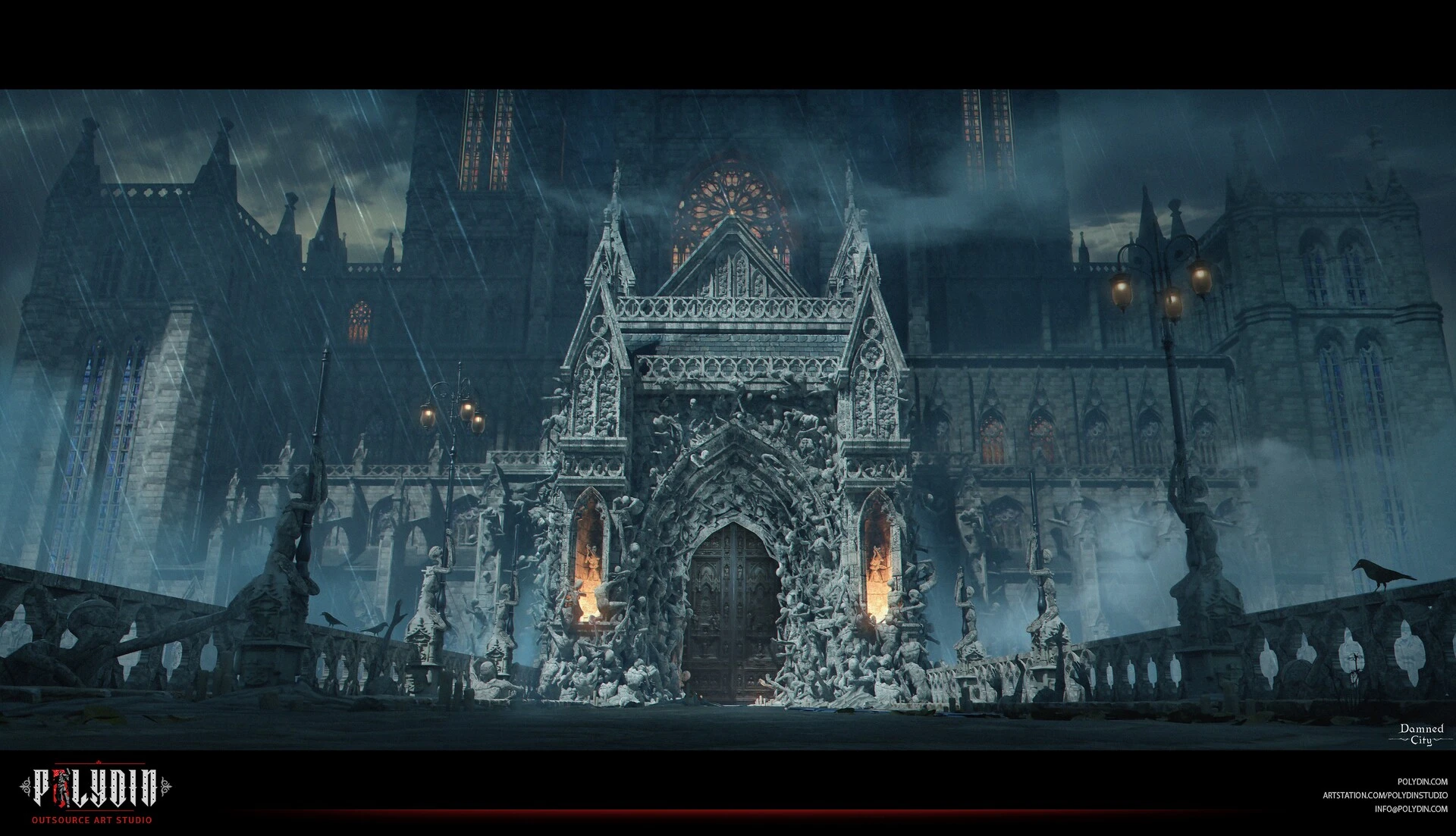

A 3D environment artist is a creative professional responsible for designing, creating, and implementing digital landscapes in video games, movies, and other forms of entertainment media. These skilled individuals bring digital worlds to life by crafting 3D models of buildings, terrain, objects, and other environmental features with which the players will interact throughout the game.
They are often part of a larger team of artists, including concept artists and character artists, all working together to create a cohesive visual experience. 3D environment artists must be familiar with various modeling and texturing techniques and understand lighting and how it affects a scene. They must also be able to work efficiently within the constraints of the game engine and maintain a balance between visual fidelity and performance.
In addition to technical skills, a successful 3D environment artist must also possess a strong sense of creativity and imagination, as they are responsible for visualizing and bringing to life the game’s world. This role requires high attention to detail and the ability to collaborate effectively with other development team members.
What are the Characteristics of 3D Environment?


The characteristics of a 3D environment refer to the distinctive qualities and elements that define the virtual space created through three-dimensional graphics and technology. These characteristics contribute to the realism, interactivity, and immersive experience within a 3D environment. Here are some key characteristics:
- Depth and Dimension: Unlike 2D environments, 3D environments provide depth and dimension, allowing objects and elements to have height, width, and depth. This creates a more realistic representation of the physical world.
- Realism and Detail: 3D environments strive to replicate real-world elements with a high level of detail. This includes realistic textures, lighting effects, shadows, and physics simulation, all aimed at creating a visually convincing and immersive experience.
- Interactivity and Navigation: 3D environments often offer interactive elements and the ability to navigate and explore the virtual space. Users can move, interact with objects, and even manipulate the environment itself, providing a more engaging and interactive experience.
- Dynamic and Changing Environments: 3D environments can be designed to change dynamically, allowing for dynamic weather conditions, day-night cycles, and other environmental variations. This adds to the sense of realism and enhances the immersion within the virtual world.
- Spatial Audio: Alongside visual elements, 3D environments often incorporate spatial audio, which enhances the immersive experience by simulating sounds that originate from different directions and distances. This adds another layer of realism and enhances the overall sense of presence.
- Scale and Proportions: 3D environments can accurately depict scale and proportions, allowing for the creation of vast landscapes, architectural structures, or miniature settings. This provides opportunities for diverse and imaginative world-building.
- Integration of Interactive Objects and Characters: In a 3D environment, objects, characters, and other elements can be seamlessly integrated and interact with each other. This allows for dynamic storytelling, gameplay mechanics, and realistic interactions between virtual entities.
These characteristics collectively contribute to creating immersive, visually appealing, and interactive 3D environments in various applications such as video games, virtual reality experiences, architectural visualization, and simulations.
What are the Types of 3D Environment?
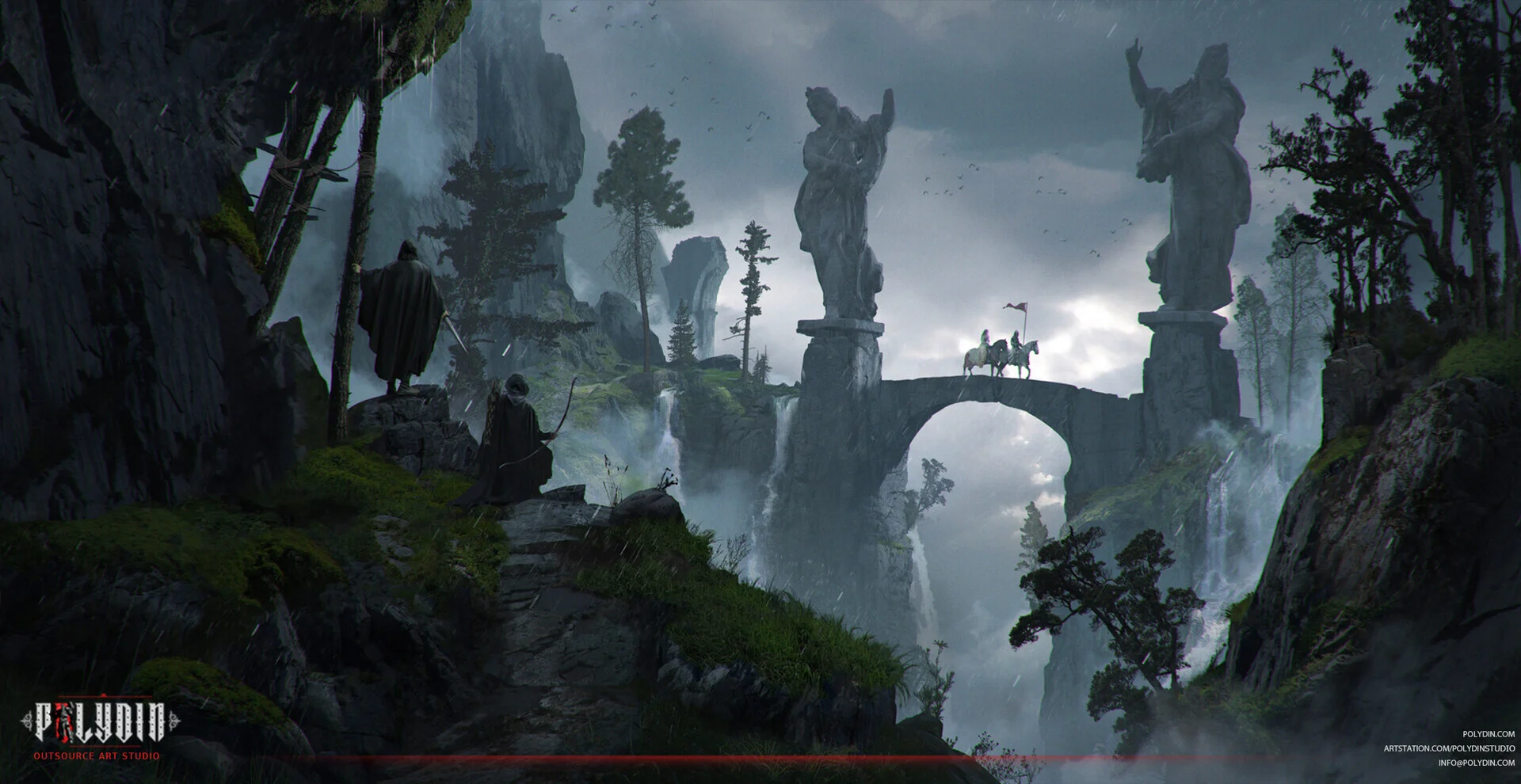

There are several types of 3D environments, each serving different purposes and catering to various industries and applications. Here are some common types:
- Virtual Reality (VR) Environments: VR environments are immersive, computer-generated simulations that can replicate real-world or fictional spaces. These environments are experienced through VR headsets and provide a fully immersive and interactive experience.
- Video Game Environments: Video games utilize 3D environments to create virtual worlds for players to explore and interact with. These environments can range from realistic open-world settings to fantastical and imaginative landscapes.
- Architectural Visualization Environments: Architects and designers use 3D environments to create virtual representations of buildings, interiors, and urban spaces. These environments allow clients and stakeholders to visualize and experience architectural designs before they are constructed.
- Training and Simulation Environments: 3D environments are often used in training and simulation applications, such as military or medical training. These environments provide a safe and controlled space for individuals to practice and learn complex tasks or scenarios.
- Product Visualization Environments: In product design and marketing, 3D environments are used to showcase and visualize products. These environments allow for realistic rendering and presentation of products in different settings and lighting conditions.
- Animated Film and Visual Effects Environments: 3D environments play a crucial role in animated films and visual effects production. They provide the digital backdrops and settings for characters and objects, allowing for the creation of visually stunning and realistic scenes.
- Augmented Reality (AR) Environments: AR environments blend digital content with the real world, overlaying virtual elements onto the user’s view. These environments enhance real-world experiences by adding interactive and informational digital content.
- Scientific and Data Visualization Environments: 3D environments are used in scientific research and data visualization to represent complex data sets, models, or simulations. They allow researchers to explore and analyze data in a visually intuitive and interactive manner.
These are just a few examples of the types of 3D environments that exist. The applications and industries utilizing 3D technology continue to expand, leading to the creation of new and innovative environments to cater to specific needs
Process of Designing a 3D Environment
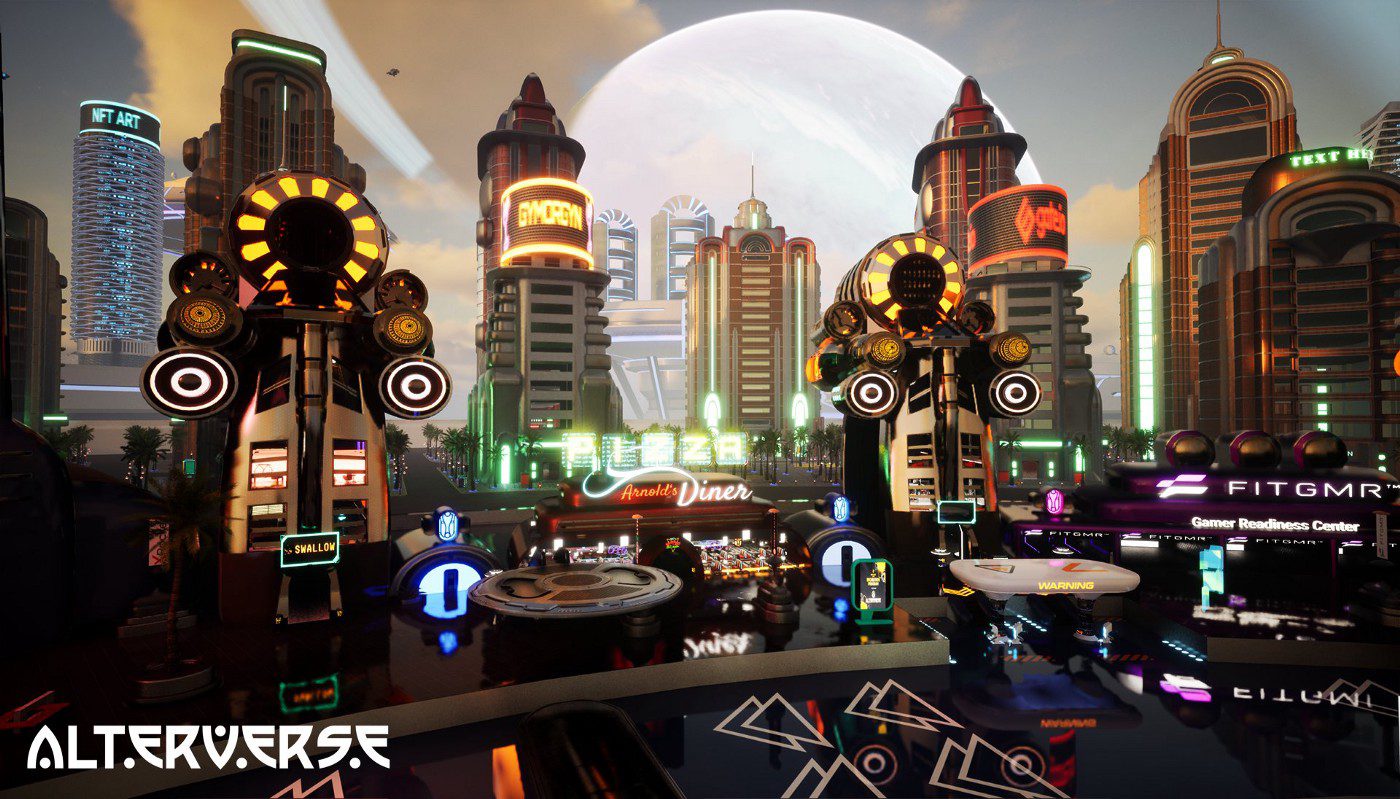

Designing a 3D environment is a meticulous process that involves several key steps to bring virtual spaces to life. From concept development to optimization, each stage contributes to creating visually captivating and immersive environments.
The process begins with concept development, where ideas are brainstormed, rough concepts are sketched, and references are gathered to establish the desired look and feel of the environment. This phase helps define the visual style, theme, and mood.
Once the concept is established, a detailed 3D model of the environment is created using specialized software like Autodesk Maya or Blender. This model includes elements such as terrain, buildings, and props, forming the foundation of the virtual space.
Texturing and shading breathe life into the 3D model, as textures and materials are applied to surfaces, enhancing their realism and visual quality. Lighting design is another crucial aspect, as strategic placement of light sources, adjustments in intensity and color, and the creation of shadows add depth and atmosphere.
To enhance the environment’s realism and interactivity, dynamic effects such as particle effects and interactive elements are incorporated. These effects add movement, life, and immersion to the virtual world.
Optimization is the final step, ensuring the environment runs smoothly and efficiently on various platforms and devices. Polygon count reduction, texture optimization, and fine-tuning of lighting and effects strike a balance between visual quality and performance.
Throughout the process, collaboration between artists, designers, and technical experts is essential to realize the artistic vision and technical implementation. With attention to detail and a combination of artistic creativity and technical expertise, captivating and believable 3D environments are brought to fruition.
Designing a 3D environment is a fascinating journey that allows for the creation of immersive and visually stunning virtual worlds, whether for video games, virtual reality experiences, or architectural visualizations. By following a systematic approach and embracing the iterative nature of the design process, designers can create captivating environments that leave a lasting impression on viewers.
the Evolution of 3D Environment Design
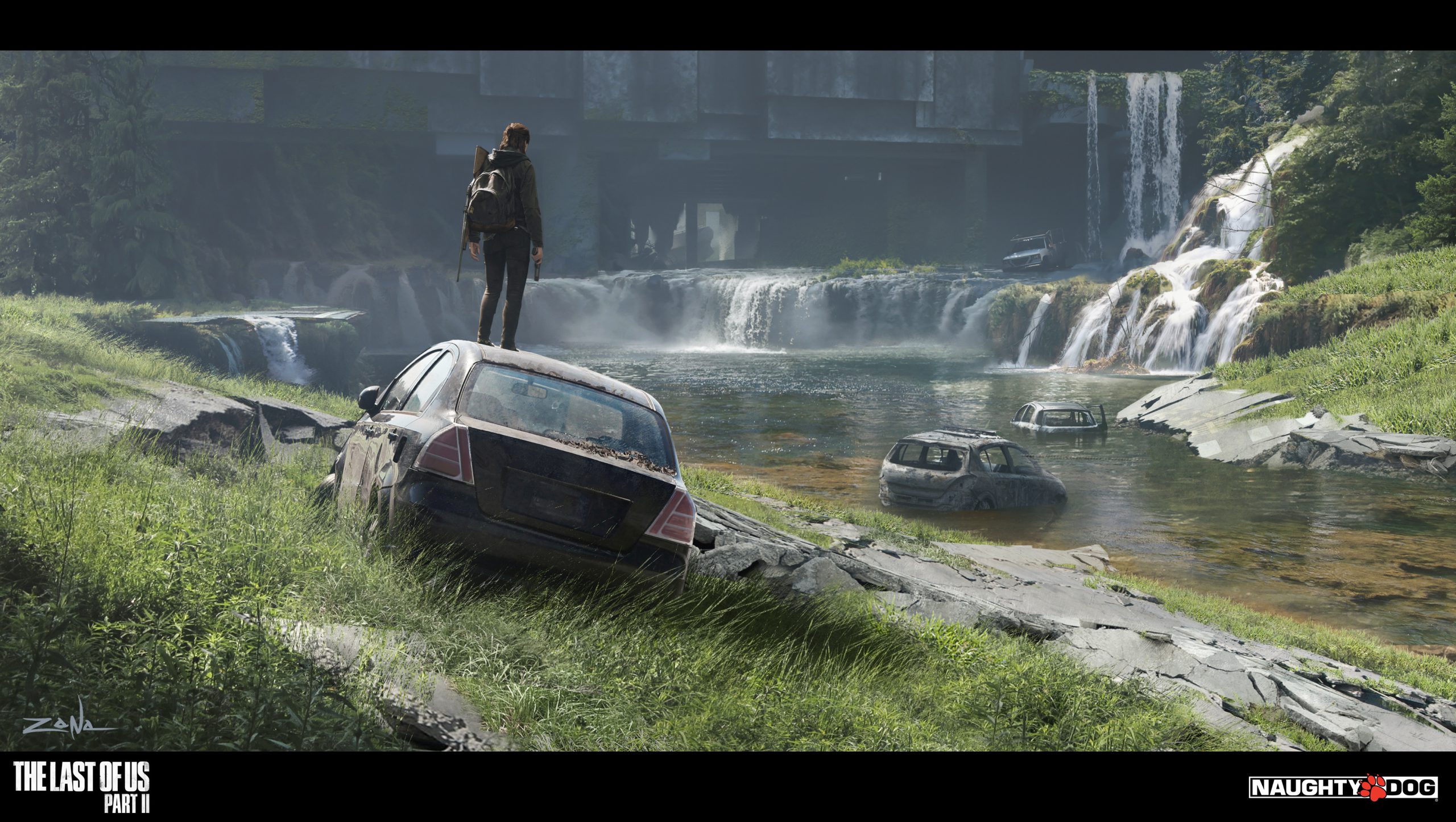

The evolution of 3D environment design has been a remarkable journey, marked by advancements in technology and the ever-growing demand for immersive digital experiences. From its humble beginnings to the cutting-edge techniques employed today, the field has undergone significant transformations, pushing the boundaries of creativity and realism.
In the early days of 3D environment design, limited computational power and software capabilities presented challenges. However, pioneering artists and developers laid the foundation for what would become a flourishing field. They created basic 3D models and environments using simple shapes and textures, often with limited interactivity.
As technology progressed, so did the possibilities of 3D environment design. The advent of more powerful hardware and software brought about a revolution, enabling designers to create increasingly complex and detailed virtual worlds. The introduction of real-time rendering engines and advanced modeling tools allowed for greater realism, enhanced lighting effects, and improved texturing.
The rise of open-world games and the demand for expansive, immersive environments further propelled the evolution of 3D environment design. Designers started incorporating procedural generation techniques, allowing for the creation of vast landscapes and dynamic environments that felt alive and organic. The integration of physics simulations, dynamic weather systems, and day-night cycles added another layer of realism and immersion.
Today, the evolution of 3D environment design continues with the emergence of cutting-edge technologies like virtual reality (VR) and augmented reality (AR). These immersive platforms demand even higher levels of detail, interactivity, and realism. Designers are pushing the boundaries by leveraging advanced techniques such as photogrammetry, procedural generation, and physically based rendering to create stunning and lifelike virtual worlds.
The evolution of 3D environment design is a testament to the ingenuity and creativity of artists, designers, and technologists. As technology continues to advance, we can only anticipate more exciting developments and immersive experiences in the realm of 3D environment design.
What Does an Environment Artist Do?
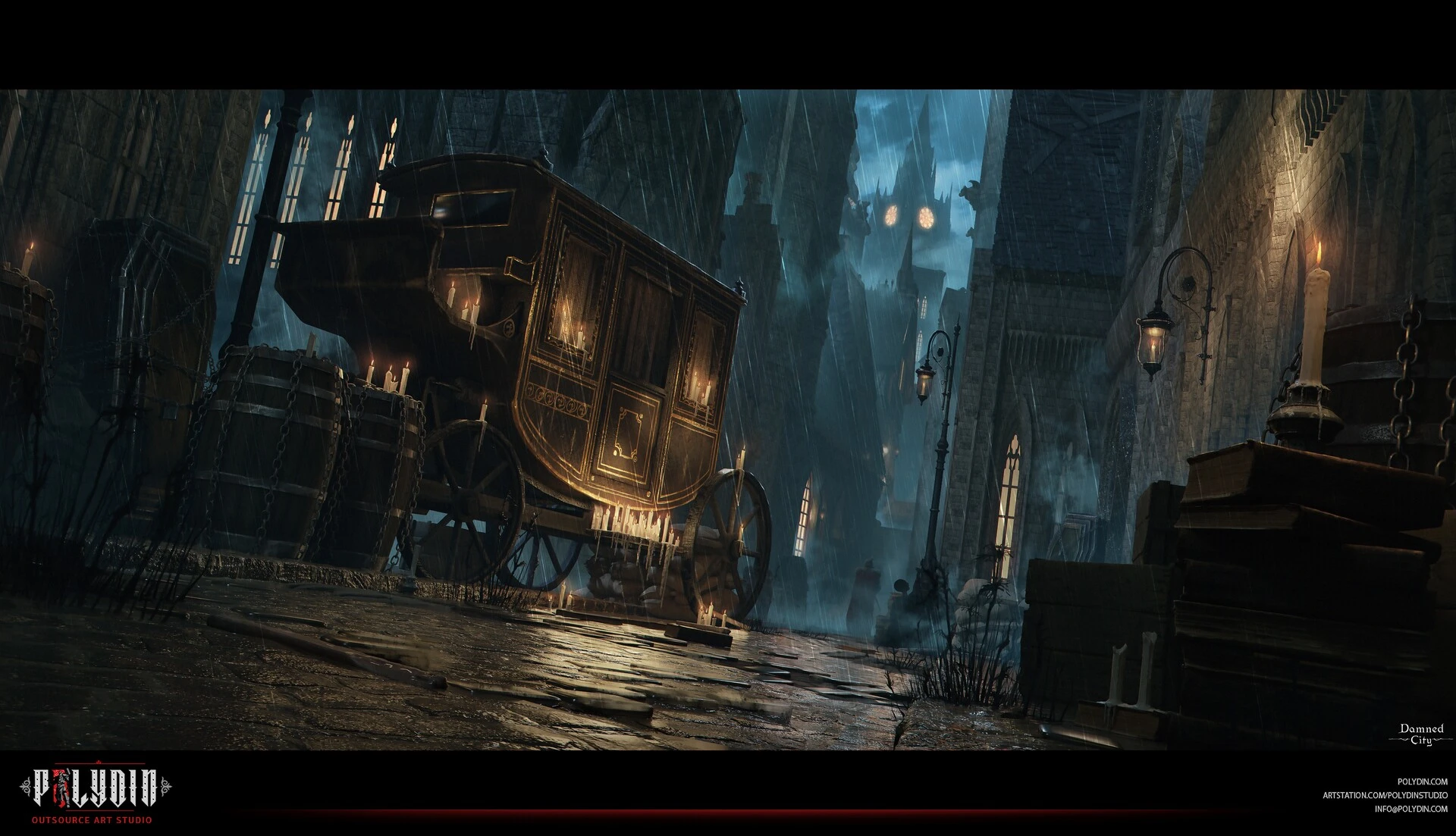

Environment artists play a crucial role in the video game industry, responsible for bringing digital worlds to life. They are skilled professionals who specialize in creating immersive 3D environments that players can explore, interact with, and, ultimately, become lost in.
A 3D environment artist is typically part of a larger team of game developers and works in close collaboration with level designers, concept artists, and programmers to create the various elements of a game’s environment. Their responsibilities include designing, modeling, texturing, and lighting the game’s environments and creating visual effects, props, and objects that populate the world.
One of the main goals of an environment artist is to create a believable, cohesive world that captures the game’s overall aesthetic and narrative. They must ensure that every element in the environment — from the trees and rocks to the buildings and vehicles — is seamlessly integrated into the game world, creating an immersive and visually stunning experience for players.
Environment artists are also responsible for optimizing their work to ensure the game runs smoothly on various platforms and hardware configurations. They must consider factors such as memory usage, draw distance, and performance to ensure that the game’s environments look great and run smoothly.
In short, environment artists are the architects of the digital worlds that players explore in video games. Their work is essential to creating immersive and engaging gameplay experiences that keep players coming back for more.
The Main Task of 3D Environment Artists
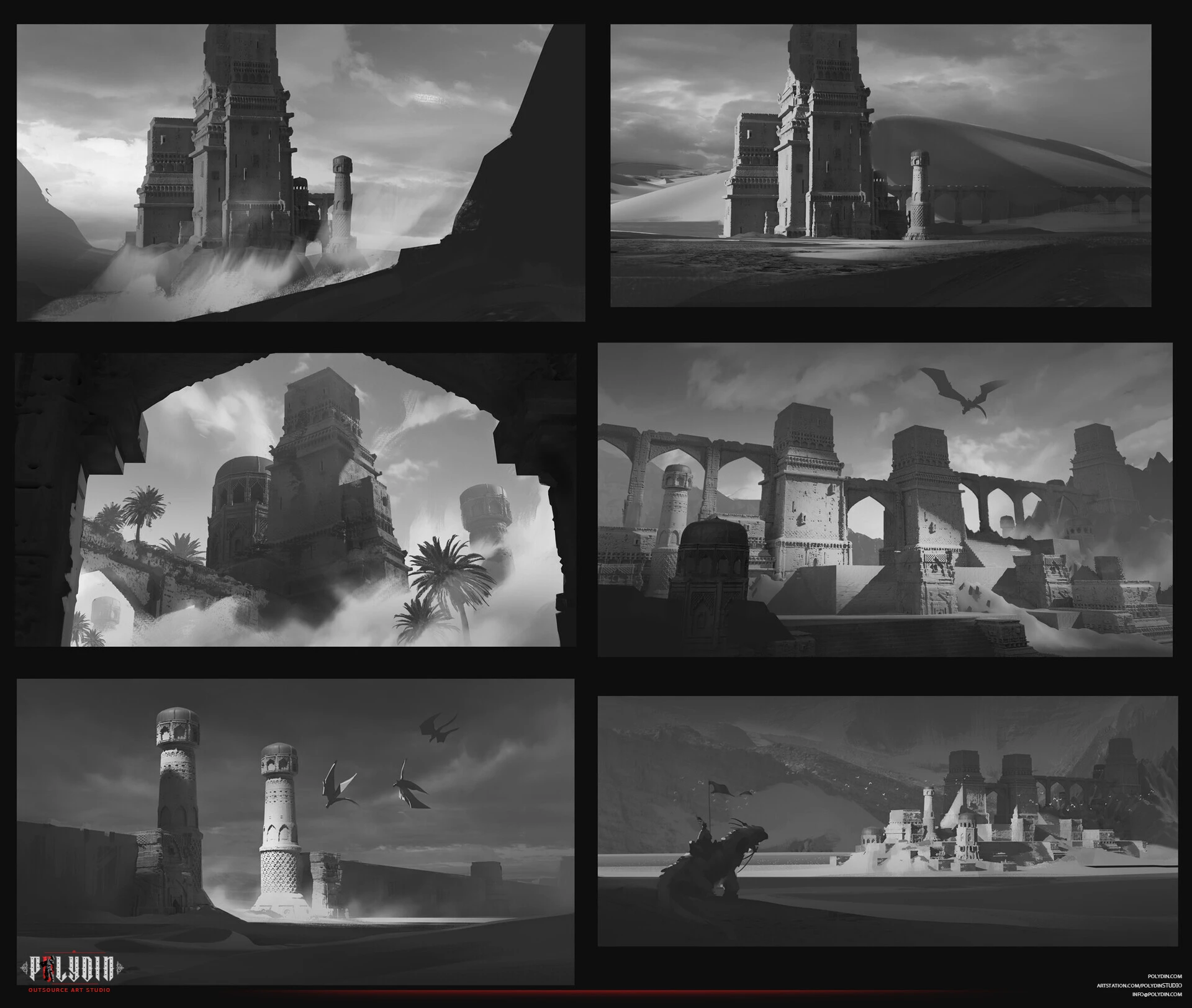

The main task of a 3D environment artist is to create immersive and believable virtual environments that enhance the player’s experience. They work closely with other game development team members, including level designers and art directors, to bring the game world to life. The process involves various stages, from concept art to 3D modeling and texturing. It requires a combination of technical skills, artistic vision, and an understanding of game design principles.
What are the Stages of 3D Environment Design?
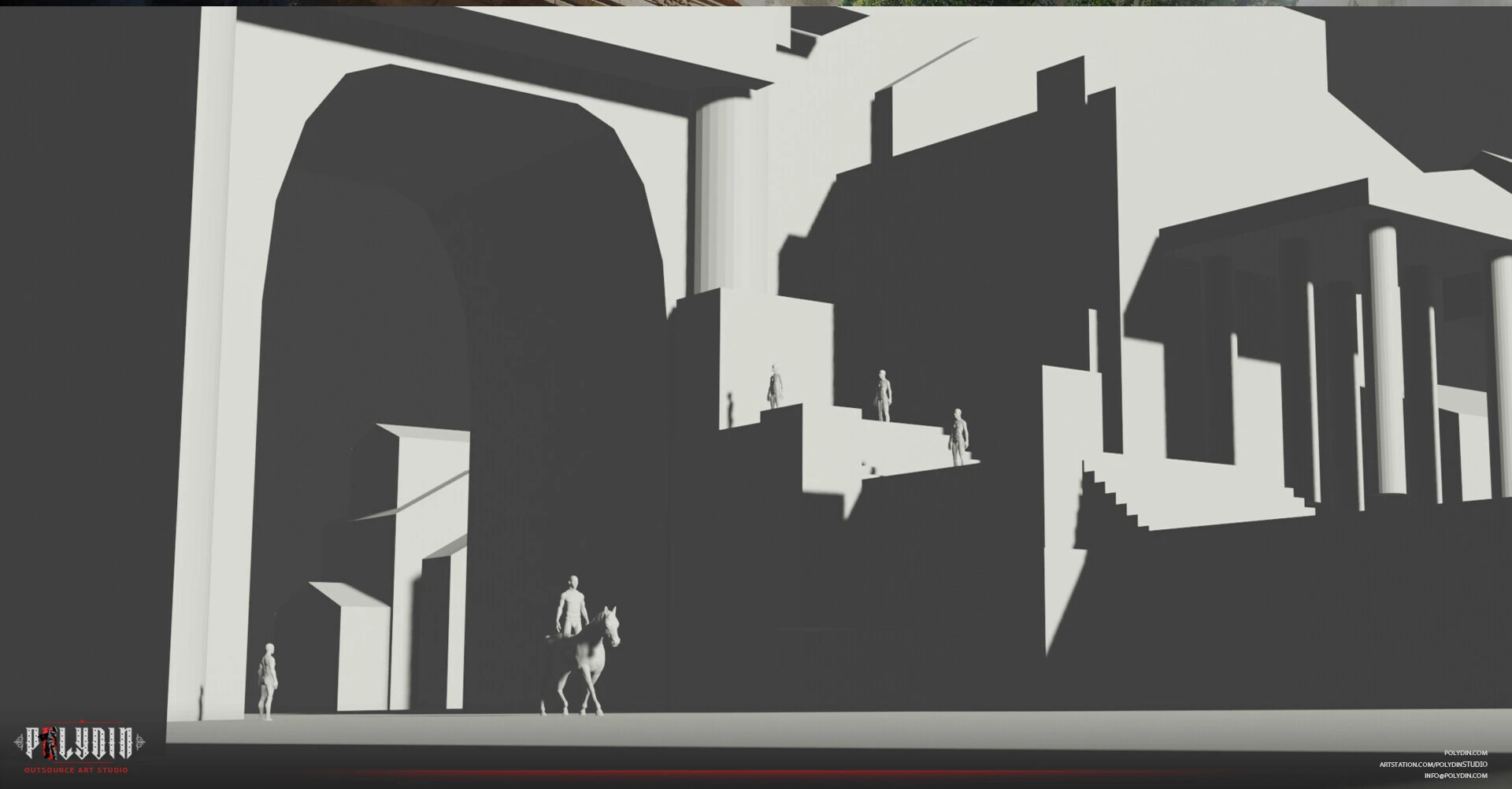

The process of 3D environment design is complex and requires a lot of planning and preparation. It typically involves several stages, each with its own set of tasks and goals.
The first stage is the concept art phase. Here, the 3D environment artist works closely with the art director to create sketches and drawings of the environment. This stage is critical as it sets the tone for the entire project and helps everyone visualize the final product.
Once the concept art is complete, the 3D environment artist moves on to the modeling phase. This stage involves creating the 3D assets that will make up the environment. The artist must use specialized software to create models of trees, rocks, buildings, and other objects that will populate the environment. This stage requires much attention to detail as every object must be carefully crafted to fit into the environment seamlessly.
After the models are complete, the artist moves on to the texturing stage. This involves adding color and texture to the models to make them look more realistic. Texturing is a time-consuming process that requires a lot of skill and patience, as every object must be given a unique texture that complements its shape and design.
Once the models are textured, the environment artist moves on to the lighting phase. This stage involves setting up the lighting for the environment, including the placement of light sources, the light’s intensity, and the light’s color. The artist must carefully consider how the lighting will affect the mood and atmosphere of the environment.
Finally, the 3D environment artist moves on to the final stage, which is rendering. This involves using specialized software to create high-quality images and videos of the environment. The artist must ensure that everything looks realistic and that there are no glitches or errors in the final product.
How 3D Environments in Video Games are Made?
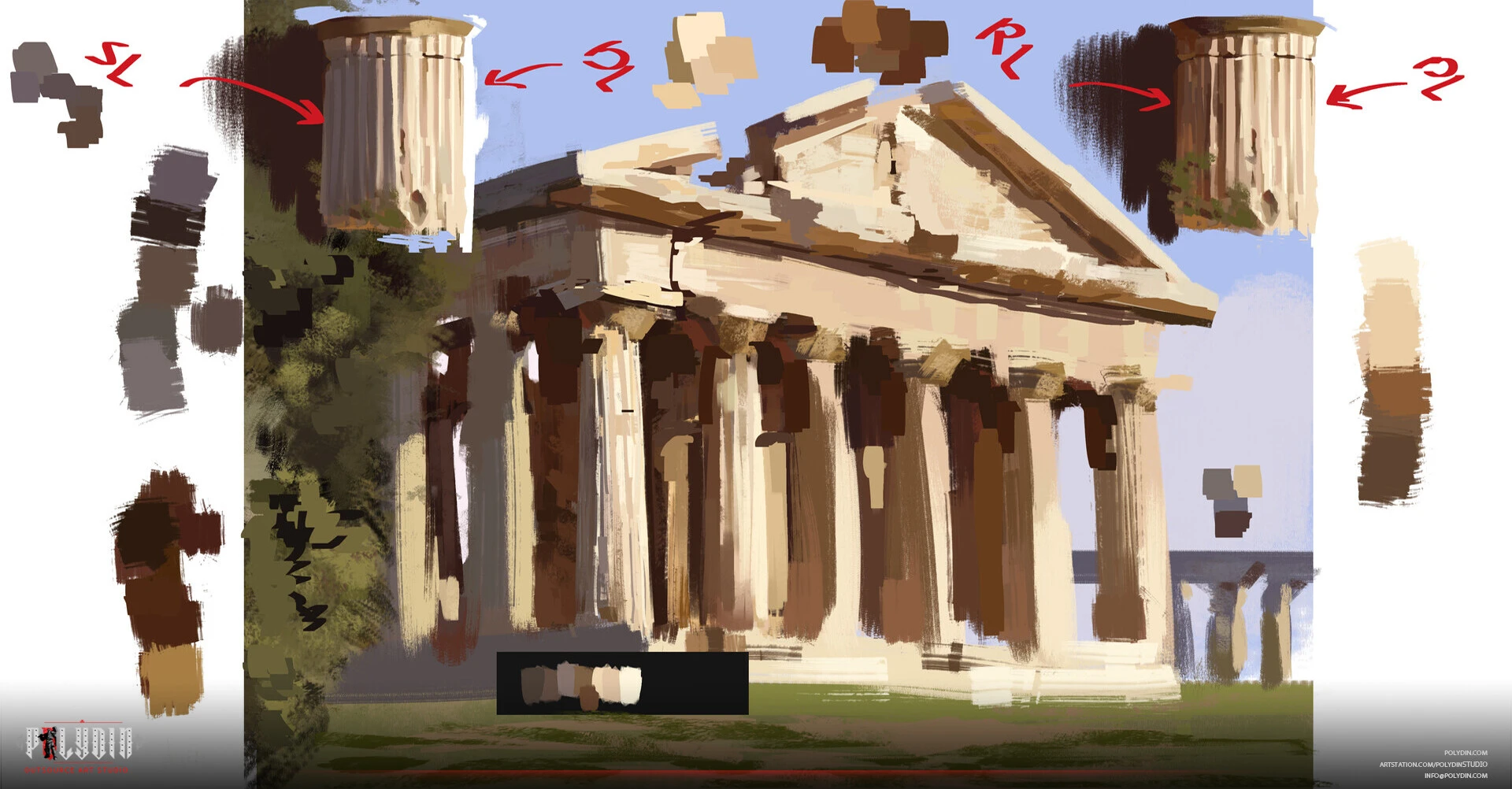

Creating 3D environments in video games involves a complex process requiring high skill and attention to detail. The process begins with the concept phase, in which the game designers and artists collaborate to create a visual concept for the environment. This may include sketches, storyboards, and mood boards to help define the look and feel of the environment.
Once the concept is approved, the 3D environment artist creates a rough block-out of the environment using basic geometry shapes. This allows the artist to experiment with the layout of the environment and make any necessary changes before moving on to the next stage.
The next stage is the creation of high-resolution models for the environment, which includes modeling objects, textures, lighting, and materials. This requires great technical skill and attention to detail, as each element must be carefully crafted to create a cohesive and believable environment.
After the high-resolution models are complete, the 3D environment artist will optimize them for use in the game engine. This involves reducing the number of polygons in the models to improve performance and create a smooth gameplay experience.
The final stage is integrating the environment into the game engine, which includes setting up lighting, textures, and special effects to bring the environment to life. This iterative process requires constant testing and tweaking to ensure that the environment looks and performs as intended.
What Software is Needed for 3D Environment Design?
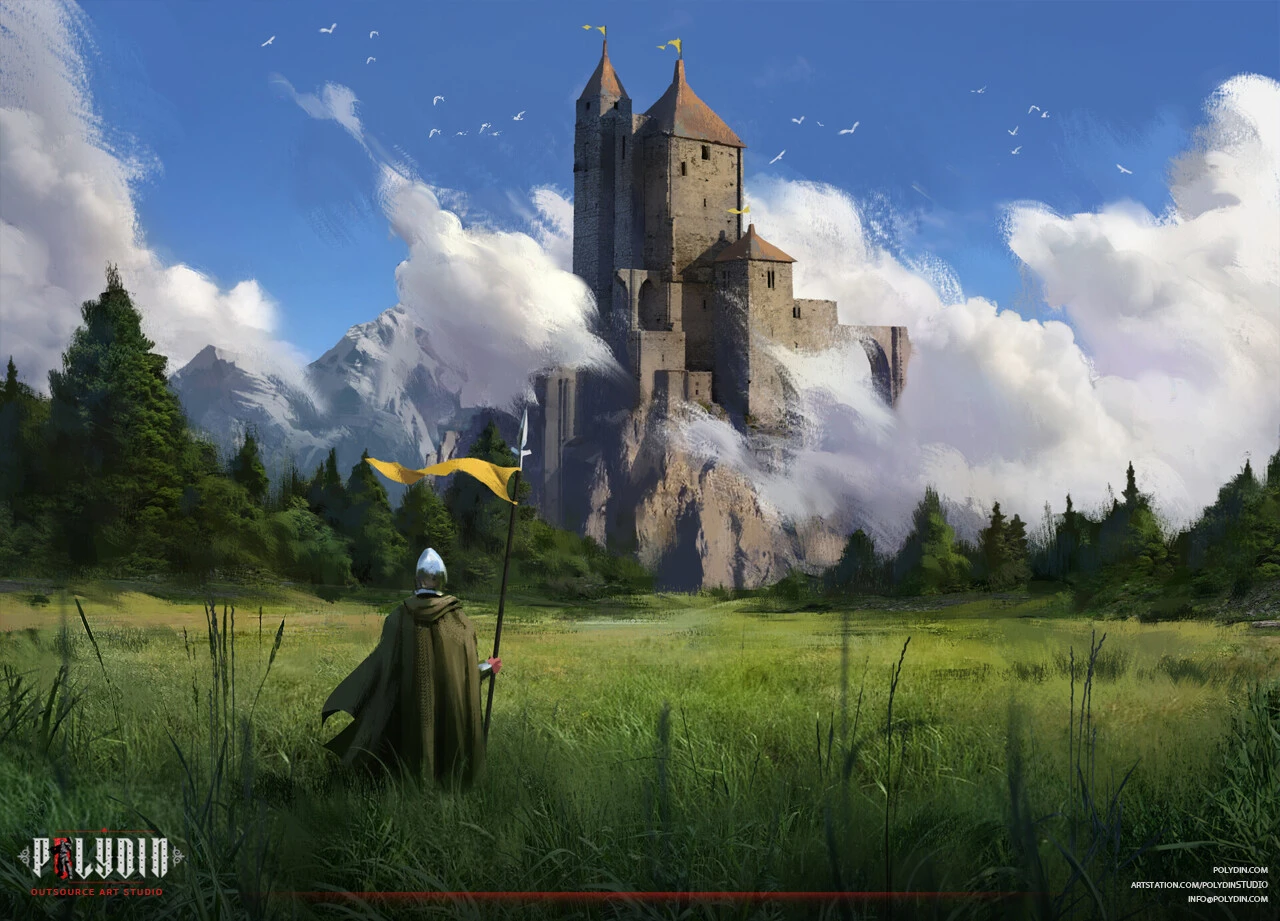

Creating 3D environments requires a specific set of tools and software, and the choice of software can greatly impact the quality and efficiency of the design process. While there are a variety of software options available, some are better suited to specific tasks and workflows.
Autodesk Maya is one of the most popular 3D modeling and animation software used in the industry. It is known for its versatility and is widely used for creating complex 3D models, character animations, and detailed environments. Maya’s advanced toolset includes features like modeling, texturing, lighting, rigging, and animation, making it a go-to choice for many 3D environment artists.
Another popular software for 3D environment design is Maxon Cinema 4D. While Cinema 4D is also a full-featured 3D modeling and animation software, it is often preferred by motion graphics artists and designers due to its intuitive interface and ease of use. It features tools for modeling, texturing, lighting, and animation, as well as motion graphics-specific tools like MoGraph, enabling artists to create complex animations quickly.
Other popular software options for 3D environment design include Blender, Unity, Unreal Engine, and Houdini. Each software has its unique features, strengths, and weaknesses, so the choice of software ultimately depends on the artist’s specific needs and preferences.
It is also worth noting that hardware plays an important role in 3D environment design. High-performance graphics cards, processors, and sufficient RAM are essential for working with large and complex scenes. Therefore, investing in quality hardware is just as important as selecting the right software.
Examples of 3D Environment
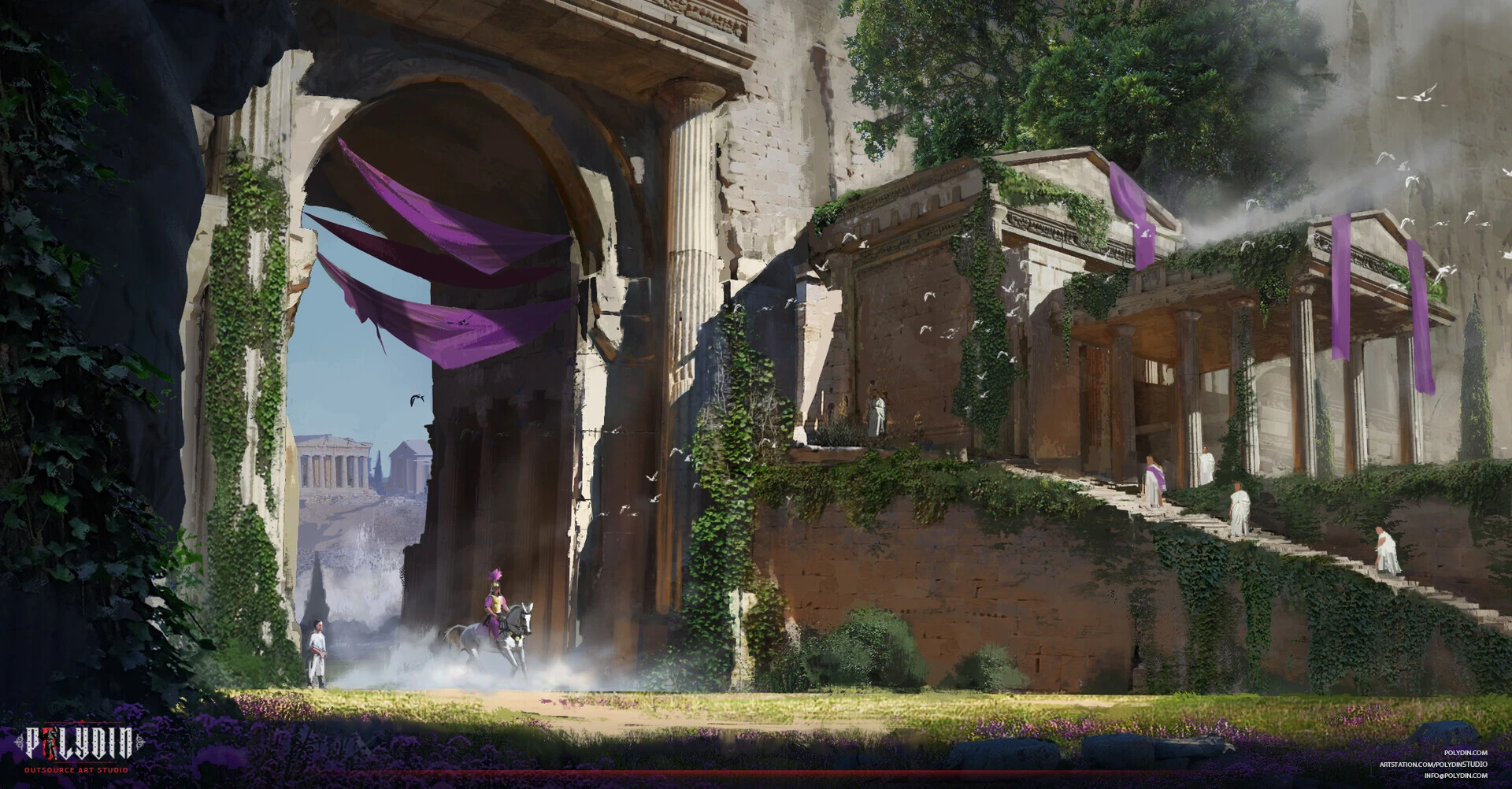

When it comes to 3D environments in video games, there are countless examples of stunning and immersive virtual worlds. From sprawling open worlds to confined spaces, game developers have the ability to transport players to all sorts of imaginative locations. Here are just a few examples of memorable 3D environments in gaming:
- The Elder Scrolls V: Skyrim – The game’s open world is vast and varied, filled with towering mountains, dark forests, and bustling cities. The level of detail in each environment is impressive, from the way the sunlight filters through the trees to the snowdrifts that gradually accumulate on the ground.
- The Legend of Zelda: Breath of the Wild – The game’s open world is a masterpiece of 3D environment design, with a seamless blend of natural landscapes and ancient ruins. Every corner of the world is filled with secrets to discover, whether it’s a hidden shrine or a stunning vista overlooking the horizon.
- Half-Life: Alyx – This VR title features some of any video game’s most immersive and detailed environments. From the dilapidated apartments of City 17 to the alien-infested wastelands beyond, every location feels like a real place that has been lived in and abandoned.
- Horizon Zero Dawn – Set in a post-apocalyptic world where robotic creatures roam the land, Horizon Zero Dawn’s 3D environments are both beautiful and dangerous. From the towering ruins of the Old Ones to the sprawling grasslands of the game’s open world, every environment is meticulously crafted and full of character.
- The Witcher 3: Wild Hunt – The game’s vast open world is a masterpiece of 3D environment design, with a range of different landscapes that reflect the game’s various regions. From the winding streets of Novigrad to the rolling hills of Velen, the world of The Witcher 3 is rich in detail and atmosphere.
The Challenges of Designing 3D Environments
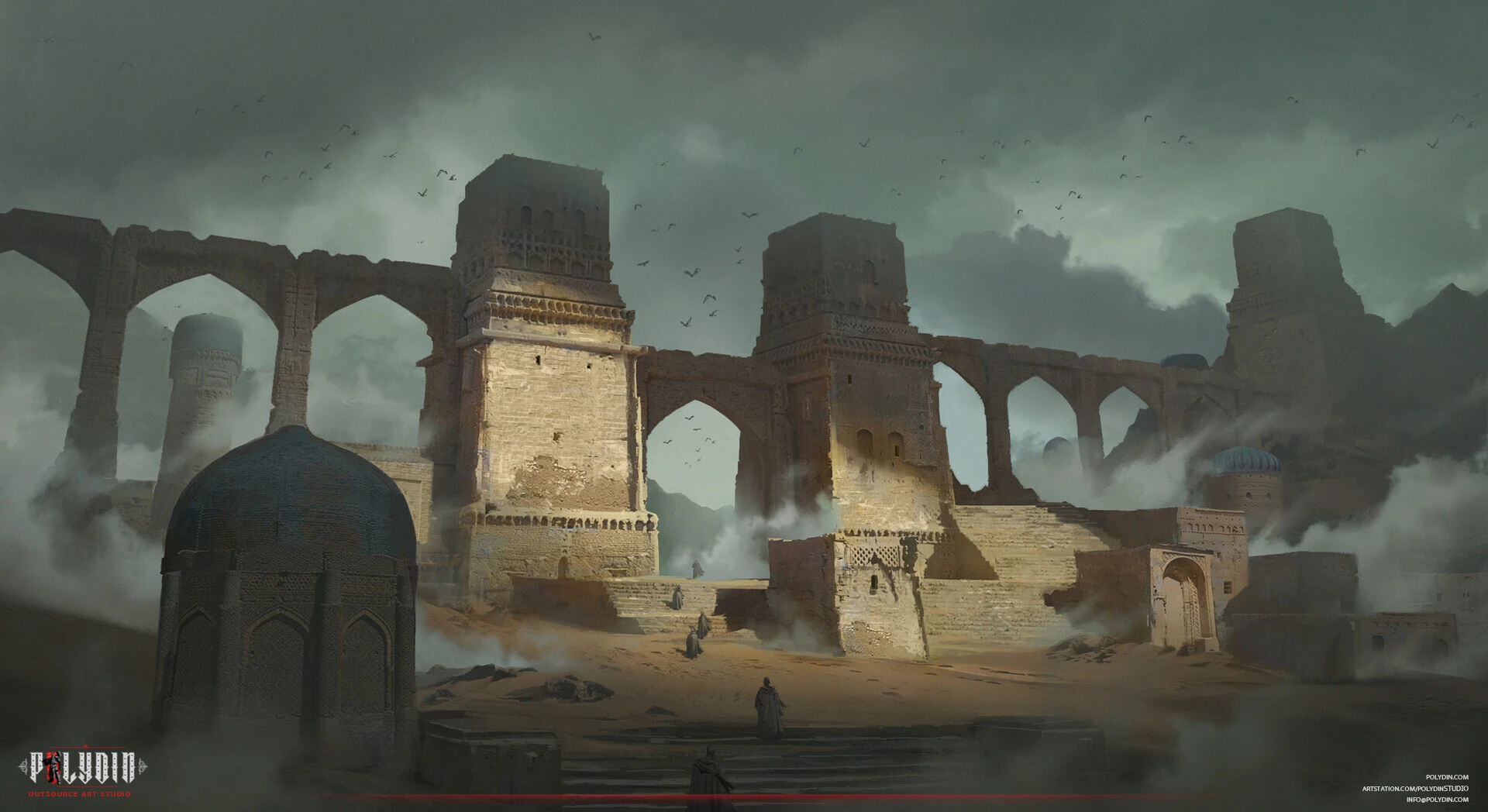

Designing 3D environments for video games can be a complex and challenging process. While advancements in technology have made it easier to create highly detailed and realistic environments, there are still several challenges that 3D environment artists face.
One of the biggest challenges is ensuring the environment is aesthetically pleasing and functional. A game environment needs to look good and be designed to allow the player to easily navigate and interact with it. This can require great planning and careful consideration of factors such as lighting, texture, and terrain.
Another challenge is the amount of time and resources required to create a 3D environment. Creating highly detailed environments can be a time-consuming and resource-intensive process. This can be especially challenging for smaller game development studios that may have limited budgets and manpower.
Another problem is technical limitations. Creating complex environments can be limited by the technical capabilities of the game engine or hardware. High-detail environments can cause performance issues such as long loading times, low frame rates, or crashes. Balancing visual quality with technical limitations is a challenge that environment artists face.
A subtle problem 3D environment artists might face is consistency. The environment should look and feel consistent with the game’s overall style, theme, and setting. Maintaining this consistency can be a challenge when designing complex environments with multiple elements and details. Even small deviations from the established style or setting can break the immersion of the player and negatively impact their experience.
Finally, 3D environment artists must also be able to work effectively as part of a team. Game development is a collaborative process, and environment artists must be able to communicate effectively with other team members, such as game designers and programmers, to ensure that the environment meets the game’s requirements and functions properly.
3D Environment Design in Polydin
Polydin Studios is a leading game development and outsourcing company with a talented team of environment and level art designers who are passionate about creating immersive game worlds. Our designers work closely with clients throughout the development process to ensure that their vision is brought to life with stunning visuals and attention to detail. We pride ourselves on our ability to listen to and incorporate feedback, resulting in designs that exceed expectations. With our expertise and dedication, we are committed to delivering high-quality 3D environments and level designs that transport players to new worlds and engage them in unforgettable gaming experiences.
Benefits of 3D Environment Modeling Software
The utilization of 3D environment modeling software offers a myriad of benefits across various industries, from gaming and architecture to virtual reality experiences. One significant advantage is the ability to create highly realistic and immersive virtual spaces, enabling architects and designers to visualize and refine their projects before physical implementation. In the gaming industry, 3D environment modeling software enhances the creation of detailed and visually stunning game worlds, contributing to a more engaging player experience. These tools streamline the design process, allowing for efficient collaboration among team members, as changes can be visualized in real-time. Moreover, the versatility of 3D environment modeling software extends to industries like film and simulation, where the creation of lifelike environments adds depth and authenticity to visual narratives. As technology evolves, the benefits of these software tools are likely to expand, influencing the way we perceive and interact with digital environments.
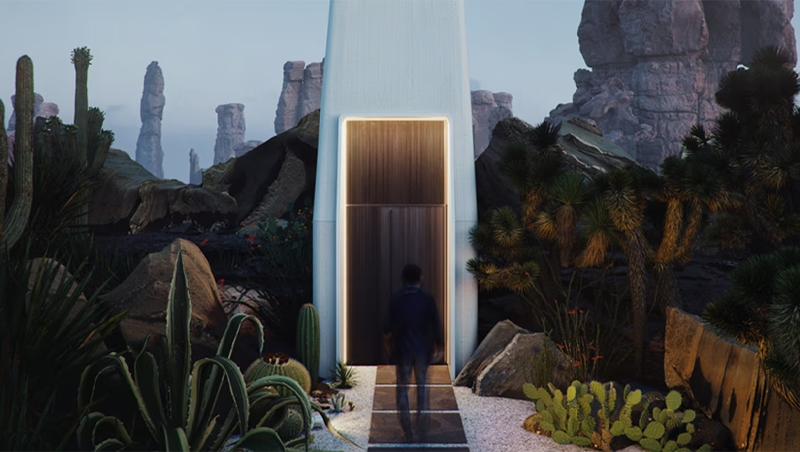

How to Hire a 3D Environment Design Artist?
The process of hiring a skilled 3D environment design artist involves several key considerations to ensure a successful collaboration. Firstly, a comprehensive portfolio showcasing the artist’s previous work is crucial in evaluating their proficiency and style. Assessing their expertise in using relevant software and understanding their approach to project challenges is equally important. Effective communication skills are essential, as a 3D environment design artist must comprehend and translate the client’s vision into captivating visual representations. Collaborative abilities and the capacity to work within a team are vital, especially in projects where interdisciplinary collaboration is common. Additionally, references and testimonials from previous clients can provide valuable insights into the artist’s reliability, professionalism, and ability to meet project deadlines. By conducting thorough interviews and assessing the artist’s technical skills, creativity, and compatibility with the project requirements, organizations can make informed decisions when hiring a 3D environment design artist.
Skills Required to Become a 3D Environment Artist
Becoming a proficient 3D environment artist involves cultivating a diverse set of skills that span both technical and creative realms. Mastery of 3D modeling software, such as Blender, Maya, or 3ds Max, is fundamental, allowing artists to create detailed and realistic environments. A strong understanding of design principles, including composition, lighting, and color theory, contributes to the creation of visually compelling scenes. Problem-solving skills are crucial, as artists often encounter challenges in translating conceptual ideas into tangible 3D spaces. Collaboration and communication skills play a pivotal role, as 3D environment artists frequently work in interdisciplinary teams, requiring effective interaction with designers, animators, and other professionals. Staying updated on industry trends and technological advancements ensures that artists remain at the forefront of their field, capable of incorporating the latest tools and techniques into their work. As the demand for skilled 3D environment artists continues to rise across industries, honing a combination of technical expertise and artistic sensibility is key to a successful career in this dynamic field.
The Fundamental Principles and Concepts That Govern 3D Environment Art
3D environment art is guided by fundamental principles and concepts that are crucial for creating immersive and captivating virtual worlds. These principles include composition, lighting, color theory, perspective, and scale. Composition dictates how elements within the environment are arranged to create visual interest and guide the viewer’s eye. Lighting plays a key role in setting the mood, atmosphere, and believability of the environment, while color theory influences the emotional response and cohesion of the scene. Perspective and scale are essential for creating depth and realism, ensuring that objects within the environment interact convincingly with one another and with the viewer’s perspective.
The Essential Tools and Software Used by 3D Environment Artists
To bring their creative visions to life, 3D environment artists rely on a variety of tools and software tailored to their specific needs. Industry-standard software such as Autodesk Maya, Blender, and 3ds Max are commonly used for modeling, texturing, and animation tasks. These tools provide robust features for sculpting organic shapes, creating detailed textures, and animating objects within the environment. Additionally, specialized software like Substance Painter and Quixel Mixer are invaluable for generating realistic materials and textures that enhance the visual fidelity of the environment. Furthermore, rendering engines like Unreal Engine and Unity enable artists to showcase their creations in real-time, allowing for interactive experiences and dynamic lighting effects. By leveraging these tools and software, 3D environment artists can unleash their creativity and craft stunning virtual worlds that captivate audiences.
FAQ
What is 3D Environment Design?
3D environment design is the complex process of creating immersive digital landscapes that mimic real-world environments in three-dimensional space. Designers use a variety of tools and techniques to create virtual worlds that can be used in video games, simulations, architectural visualizations, and other applications.
What software is commonly used to create 3D environments?
Professionals in the field often use software such as Blender, which is known for its versatility and open source nature. In addition, game engines such as Unity and Unreal Engine provide robust platforms for creating, animating and rendering complex 3D environments with dynamic lighting and interactivity.
Do I need artistic skills to create 3D environments?
While artistic skills certainly enhance the creative aspect of 3D environment design, the field is not limited to artists. Technical skills such as mastering 3D modeling tools, understanding material properties, and manipulating lighting are equally important to creating visually appealing and realistic environments.
Is 3D environment design just for games?
No, the applications of 3D environment design extend far beyond the realm of gaming. Architects use it to visualize building designs, filmmakers create virtual sets for special effects, educational platforms use it for interactive learning simulations, and even virtual reality experiences rely heavily on well-designed 3D environments.
How important is attention to detail when designing 3D environments?
Attention to detail is paramount when designing 3D environments. Small details such as surface imperfections, carefully crafted textures, realistic lighting effects, and careful placement of objects all contribute to the overall authenticity and immersion of the environment.
Can 3D environment design be a collaborative process?
Yes, 3D environment design often involves the collaboration of professionals with different areas of expertise. Modelers create the physical structures, texture artists add visual detail, lighting experts enhance mood and realism, and programmers implement interactive features, all working together to bring the environment to life.
What is the role of lighting in 3D environment design?
Lighting plays a multifaceted role in 3D environment design. It not only illuminates the scene, but also sets the mood, highlights focal points, and creates depth, all of which contribute to the overall realism and atmosphere of the environment.
What is the process of creating environmental concept art?
The process typically begins with research to gather references and inspiration. Artists then create thumbnail sketches to explore compositional options before refining their chosen concepts. Color studies help establish the desired atmosphere, and detailed renderings bring the environment to life. The iterative process includes feedback and adjustments to ensure the final artwork meets the intended vision.
